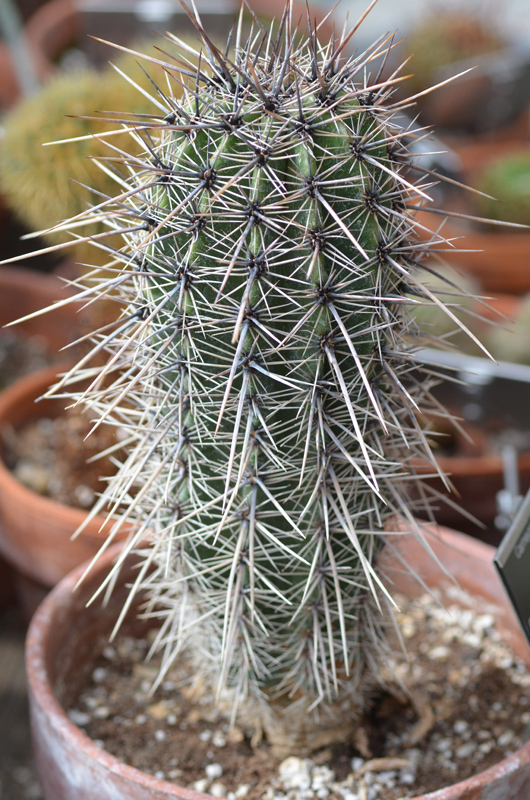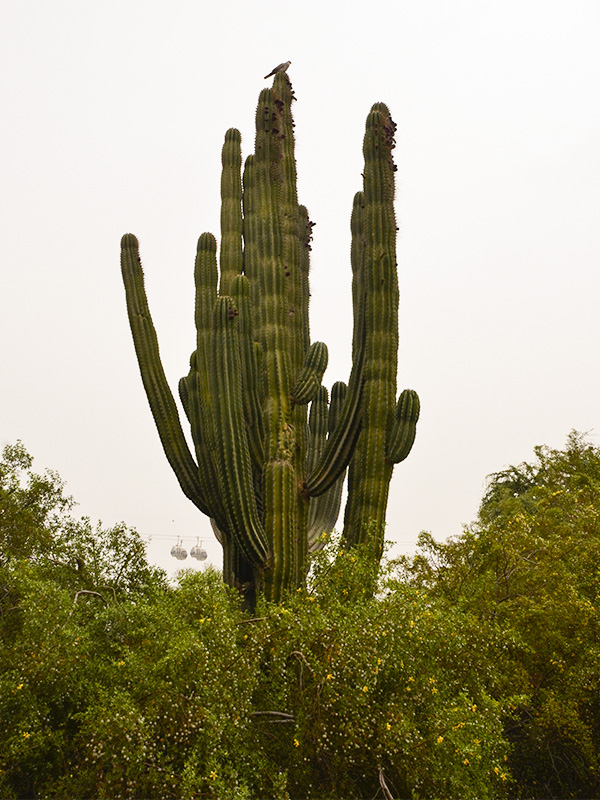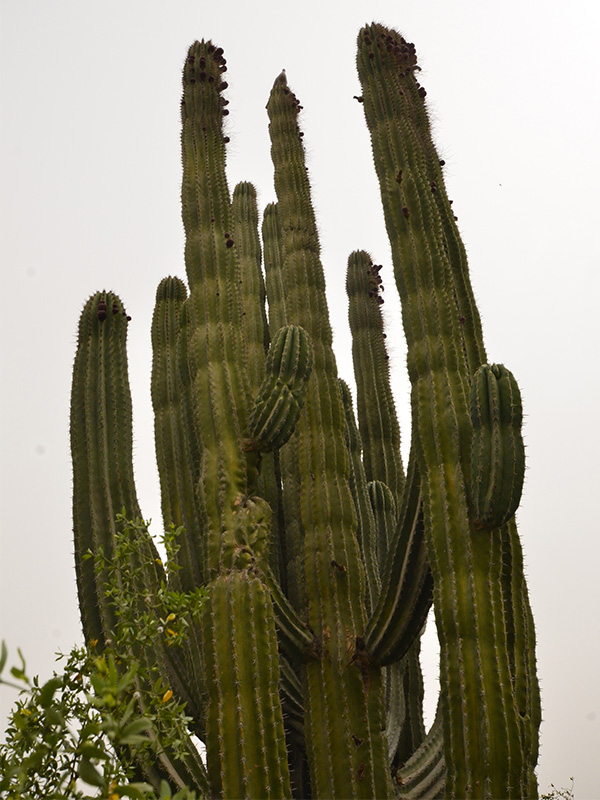
Tropicals > Carnegiea > Carnegiea gigantea > Carnegiea gigantea
Carnegiea gigantea
Saguaro
Origin: It is native to the Sonoran Desert in Arizona, United States of America and the Mexican state of Sonora.
| Family |
| Cactaceae |
| Genus |
| Carnegiea |
| Species |
| gigantea |
| Category |
| Tropicals |
| Type |
| Tree (evergreen) |
| USDA Hardiness Zone |
| 8a - 11 |
| Canadian Hardiness Zone |
| Cool season protection required under glass. |
| Temperature (°C) |
| -12 - 5 |
| Temperature (°F) |
| 10 - 40 |
| Height |
| 12 - 21 m |
| Spread |
| 3 - 5 m |
Photographs
Description and Growing Information
Flowering Period
| Landscape |
| Desert gardens and container planting. |
| Cultivation |
| Full sun. Moist and well-drained soils with a pH of 6.1 - 7.8 (mildly acidic, neutral and mildly alkaline). Drought tolerant. |
| Shape |
| Upright and rounded. |
| Growth |
| Slow |
| Habitat |
| It is native to the Sonoran Desert in Arizona, United States of America and the Mexican state of Sonora. |
| Bark/Stem Description |
| The trunk bears dense, strong and thick spines. |
| Flower Description |
| The flowers open well after sunset and close in mid-afternoon. Flowers are self-incompatible. |
| Fruit Description |
| The fruit is 6 - 9 cm long and ripen in June. Each fruit contains 2000 seeds and sweet fleshy connective tissue. |
| Colour Description |
| The flowers are white. The fruit is red. |
| Notable Specimens |
| Desert Botanical Gardens, Phoenix, Arizona, United States of America. |
| Propagation |
| Seed. |
| Ethnobotanical Uses (Disclaimer) |
| The fruit is edible and prized by local people. The ribs were used for construction and other purposes by Native Americans. |


